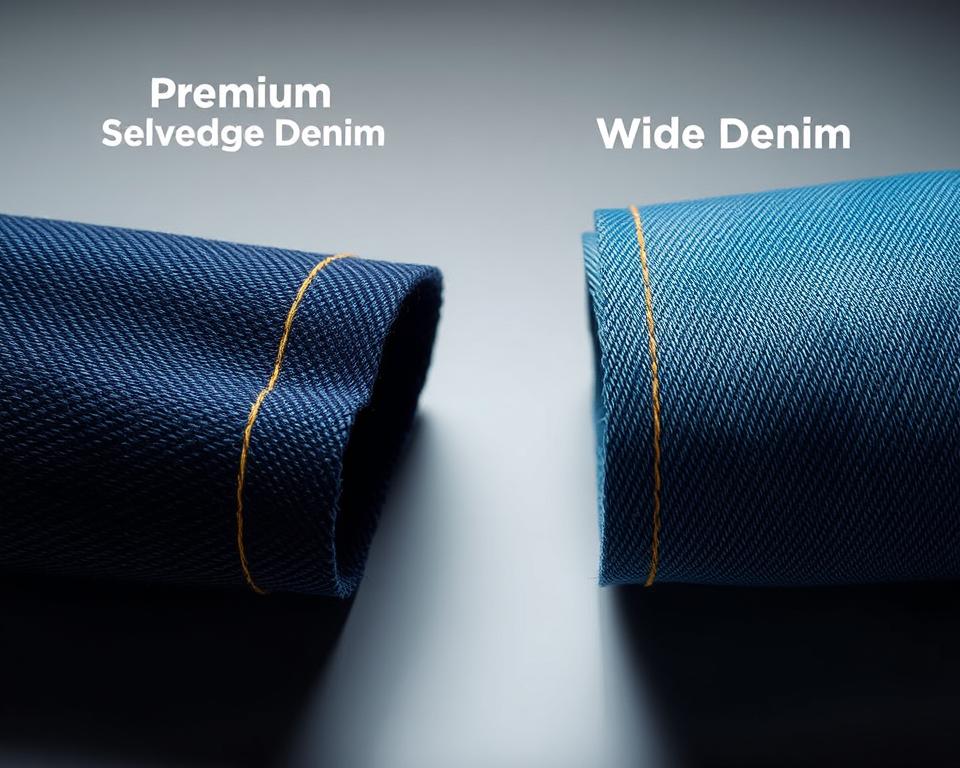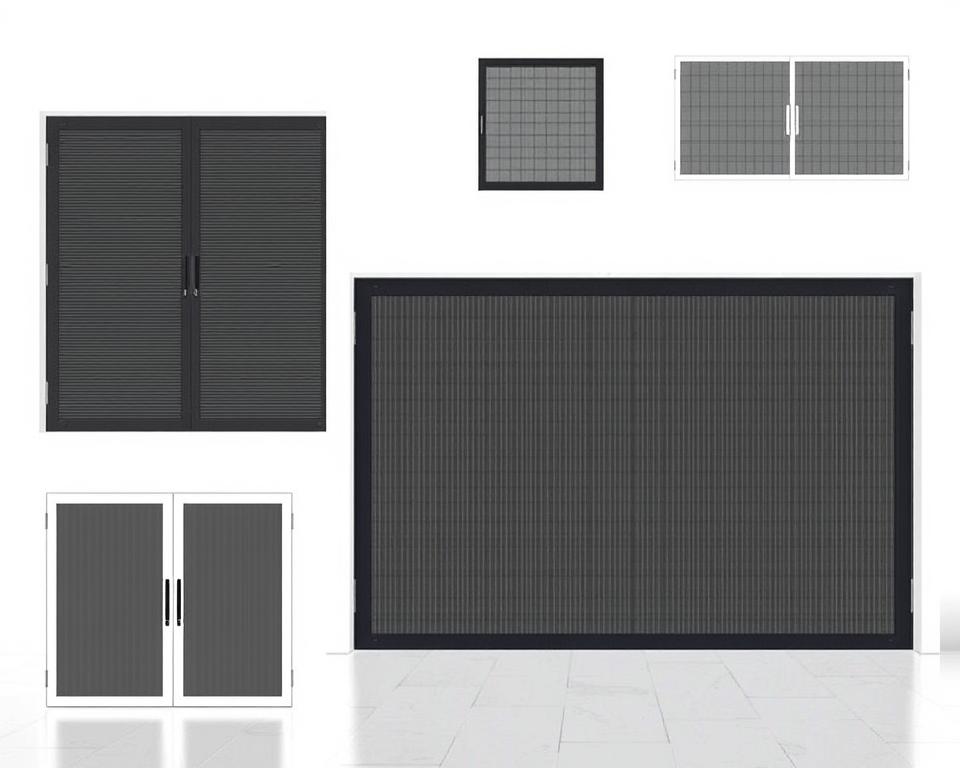Where to Find Authentic Rainbow Selvedge Denim Fabric
Your Manual for Premium denim Edge-to-Edge Textile
Have you ever pondered why certain trousers seem like they’re built for endurance eternity? The secret lies in the materials and craftsmanship. Take, for instance, the growing movement of superior selvedge. It’s not merely ordinary textile—it’s a testament to quality and heritage.
Currently, a growing number of people are choosing these everlasting fabrics for their sturdiness and traditional selvedge denim by the yard charm. Whether you’re a do-it-yourself sewist or a denim aficionado, there’s something special about using superior natural fiber and stitching. It goes beyond merely constructing trousers; it’s about crafting something that tells a story.
Here at Core Fabrics, we’ve curated a range of 14.25oz organic cotton and elastic options. Such textiles are tailor-made for a spectrum ranging from raw trousers to couture jacket blueprints. Eager to discover the universe of top-tier fabrics? Let’s dive in.
Understanding Denim Selvedge Fabric?
What makes particular jeans set themselves apart with their distinctive, finished without extra steps seams? The answer lies in the selvedge denim, a high-quality fabric renowned for its enduring strength and old-school charm. Unlike standard textiles, such material is crafted with time-honored methods that have proven their worth.
The Definition of Selvedge Denim
Selvedge denim is produced using old-style shuttle looms, which yield minimal widths of about 30-35 inches. The looms interlace the textile in a method that delivers self-finished edges, often highlighted by a characteristic red line. This process ensures the material is firmly crafted and exceptionally sturdy.
Current looms, alternatively, generate wider material but do not offer the comparable degree of artistry. Subtle irregularities in selvedge, like misaligned seams or inconsistent patterns, are celebrated as part of its charm. This approach, known as “wabi-sabi”, exalts the appeal of natural flaws.
The Making of Selvedge Denim
The creation of selvedge denim involves a meticulous process. Traditional shuttle looms weave the filling yarns back and forth, resulting in a compact and robust material. This method contrasts with new-age looms, which prioritize quick production and efficiency over craftsmanship.
Brands like Karson Denim maintain traditional Japanese craft practices from the 90s. They purposefully add anomalies to retain the authenticity of the textile. Each piece is assessed on a four-point system, ensuring it satisfies the top criteria of superiority.
| Feature | Selvedge Denim | Current Denim |
|---|---|---|
| Width | 30-35 inches | 60+ inches |
| Fabrication Method | Classic Shuttle Loom | New-Age Loom |
| Surface | Non-uniform, Raw | Uniform |
| Strength | High | Moderate |
“The allure of selvedge lies in its imperfections—each flaw tells a story artistry and heritage.”
The Legacy of Selvedge Denim
From humble beginnings to international fame, the tale of these materials is multifaceted and inspiring. What started as rugged attire in seventeenth-century France transformed into a symbol of timeless style and artistry.
Beginnings in Craftsmanship
The origin of this textile reaches back to Nîmes, France, where it was referred to as “serge de Nîmes.” First intended for laborers, it was made from sturdy cotton and thread. Its resilience ensured its popularity among laborers during the era of the Gold Rush.
During the twentieth century, it had transformed into a essential element for pants. The closure of the Cone Mills White Oak facility served as a catalyst. This transition enabled Japanese craftsmen to revive traditional weaving techniques.

Modern Developments in Denim
After World War II, Japan embraced old-school American culture. Skilled workers repaired classic looms to manufacture true reproductions. This commitment to craftsmanship guaranteed the perseverance of selvedge as a unique product.
Currently, advancements from Italy and Turkey have introduced sustainable blends and flexible options. These advancements have widened the attraction of this everlasting material. Within Core Fabrics, we gather worldwide, from Montréal to Asia, to bring you the top-notch standards.
“The history of selvedge is a tribute to the enduring value of quality and tradition.”
The Benefits of Selvedge Denim?
Why does selvedge denim stand out in the realm of top-tier fabrics? Its unique qualities and unmatched durability render it popular among enthusiasts and designers alike. Whether you’re sewing trousers or a structured jacket, this fabric delivers a mix of tradition and contemporary charm.
Unique Qualities of Selvedge Fabric
Selvedge denim is celebrated for its firm interlacing, which improves tear resistance and fade potential. Unlike standard materials, denim selvedge fabric is fashioned using time-honored shuttle looms, creating a more compact and more durable fabric. This process ensures that every item possesses a singular finish and character.
Notable attributes are:
- Hairy, rigid raw denim contrasts with pre-washed comfort stretches.
- Sanforization stabilizes the fabric for consistent measurements, while untreated fabrics provide a dynamic fitting process.
- Variants include 9.5oz Eco Finish to 14.25oz Organic, catering to diverse applications.
Robustness and Endurance
One of the key attributes of selvedge denim is its longevity. The dense fabric structure both reinforces strength and permits characteristic wear patterns over time. This makes it a wise purchase for those in pursuit of enduring style.
Main considerations:
- 12-14oz weights are ideal for structured jackets and jeans that soften with age.
- Opt for the 14.25oz True Indigo for traditional jean lifespan.
- Eco-friendly options, like recycled cotton and indigo blends, add sustainability to your wardrobe.
Within our range at Core Fabrics, diverse choices cater to distinct demands. Spanning from raw finishes to sanforized treatments, each selection is designed for superior quality and value.
Selvedge Denim vs. Wide Denim
When it comes to crafting durable and stylish garments, the choice of material is pivotal. Two popular options are selvedge and wide denim, both offering different features. Knowing how they differ assists in selecting the ideal material for your creation.
Distinct Weaving Methods
Selvedge denim is crafted with traditional shuttle looms, resulting in limited spans of 30-35 inches. This selvedge denim jacket method forms tightly woven edges, often accented with a characteristic red line. Wide denim, on the other hand, uses modern projectile looms, producing widths of 60 inches or more.
Old-style shuttle looms yield roughly 3m per minute, while contemporary projectile looms achieve up to 30m per minute. Such speed differences influence both the expense and the texture of the outcome.
Pros and Cons of Each Type
Selvedge denim is celebrated for its superior quality and strength. Its slender dimension suits it well for projects where visible hems or patches are desired. However, it can be costlier, typically around $23 per meter.
Wide denim is budget-friendly, priced around $8 per half-meter. Its expansive dimension reduces waste, making it suitable for big-scale works like upholstery. However, it lacks the distinctive selvage detail of selvedge.
| Attribute | Selvedge Denim | Wide Denim |
|---|---|---|
| Measurement | 30-35 inches | 60+ inches |
| Technique | Classic Shuttle Loom | Contemporary Projectile Loom |
| Output | 3 meters per minute | 30m/min |
| Expense | $23/meter | $8/half-meter |
For structured edges, like those needed in Grainline Thayer jackets, selvedge is the preferred choice. For larger projects, wide denim offers better value and efficiency. Weigh your requirements carefully to decide.
Maximizing Your Selvedge Denim
Working with premium materials can elevate your sewing projects to the next level. Whether you are creating pants, blazers, or skirts, knowing how to measure, sew, and care for the material secures expert outcomes. Let’s explore the optimal use of this timeless textile.
Yardage Needed for Jeans and Jackets
Determining the proper yardage is key to a successful project. Men’s jeans typically require roughly 3-3.3 yards, factoring in flaws and potential shrinkage. Trucker-style jackets generally demand about 3.3 yards, while skirts can be made with just 2 yards.
Innovative layout techniques can mitigate fabric flaws. Rather than avoiding imperfections, incorporate them into your pattern for distinctive style.
| Item | Fabric Needed |
|---|---|
| Men’s Jeans | 3 to 3.3 yards |
| Trucker-Style Jacket | 3.3 yards |
| Dress | 2 yards |
Advice for Sewing and Longevity
Employing proper equipment and methods leads to an impeccable finish. Select #70-110 needles and machine attachments made for robust textiles. Use Gütermann rPET thread for effective contrast stitching.
Here are some additional tips:
- Employ a tailor’s clapper to achieve crisp creases without gloss.
- Core Fabrics’ denim kits include topstitch thread, rivets, and 9mm jeans buttons for a professional finish.
- When sturdy borders are needed, such as in jackets, selvedge is optimal.
Maintaining your pieces properly increases their longevity. Use minimal washing and opt for air drying to preserve fabric quality. With these tips, your projects will stand the test of time.
In Closing
Crafting with premium materials isn’t just about durability—it’s about creating something with character. Selvedge denim embodies this principle, fusing craftsman allure with enduring excellence. Whether you’re sewing jeans or a structured jacket, this material tells a story with every stitch.
With Core Fabrics, unleashing your creative potential is effortless. Our swatch service lets you touch and test the fabric before deciding. Additionally, benefit from complimentary shipping on orders exceeding $150 USD throughout North America.
Looking ahead, eco-friendly blends and vintage washes are shaping the future of cotton textiles. Such innovations provide novel methods for infusing eco-consciousness and fashion into your closet.
Prepared to immerse yourself in superior fabrics? Begin your journey now and appreciate the merit of intentional crafting. Your next project could be a timeless piece that lasts for years to come.









